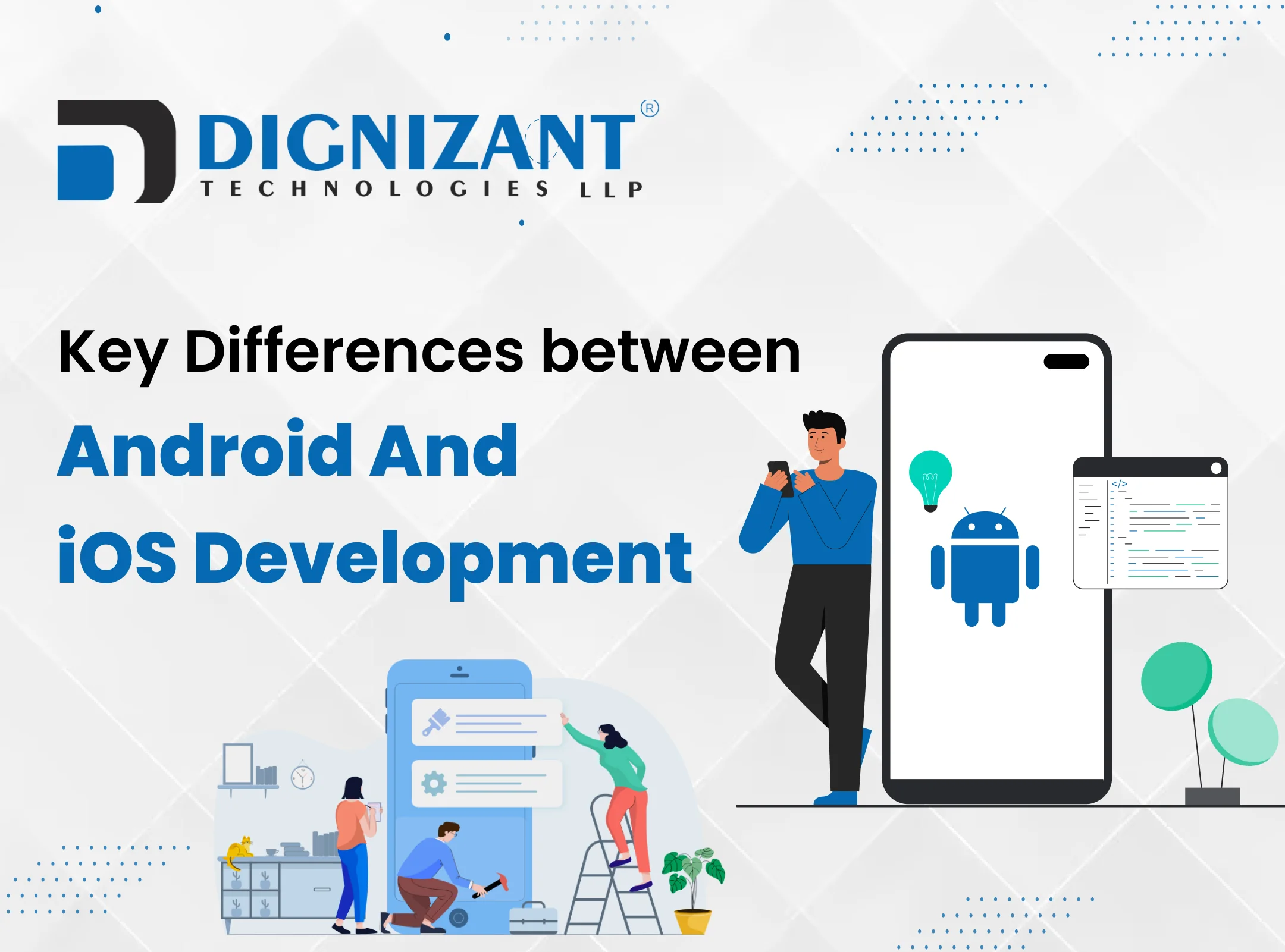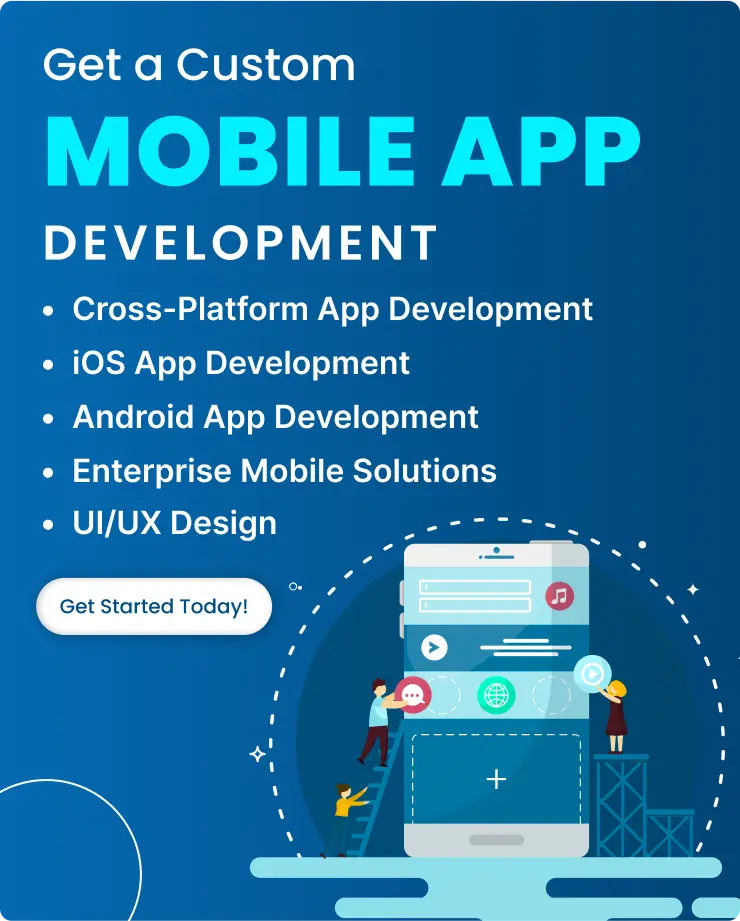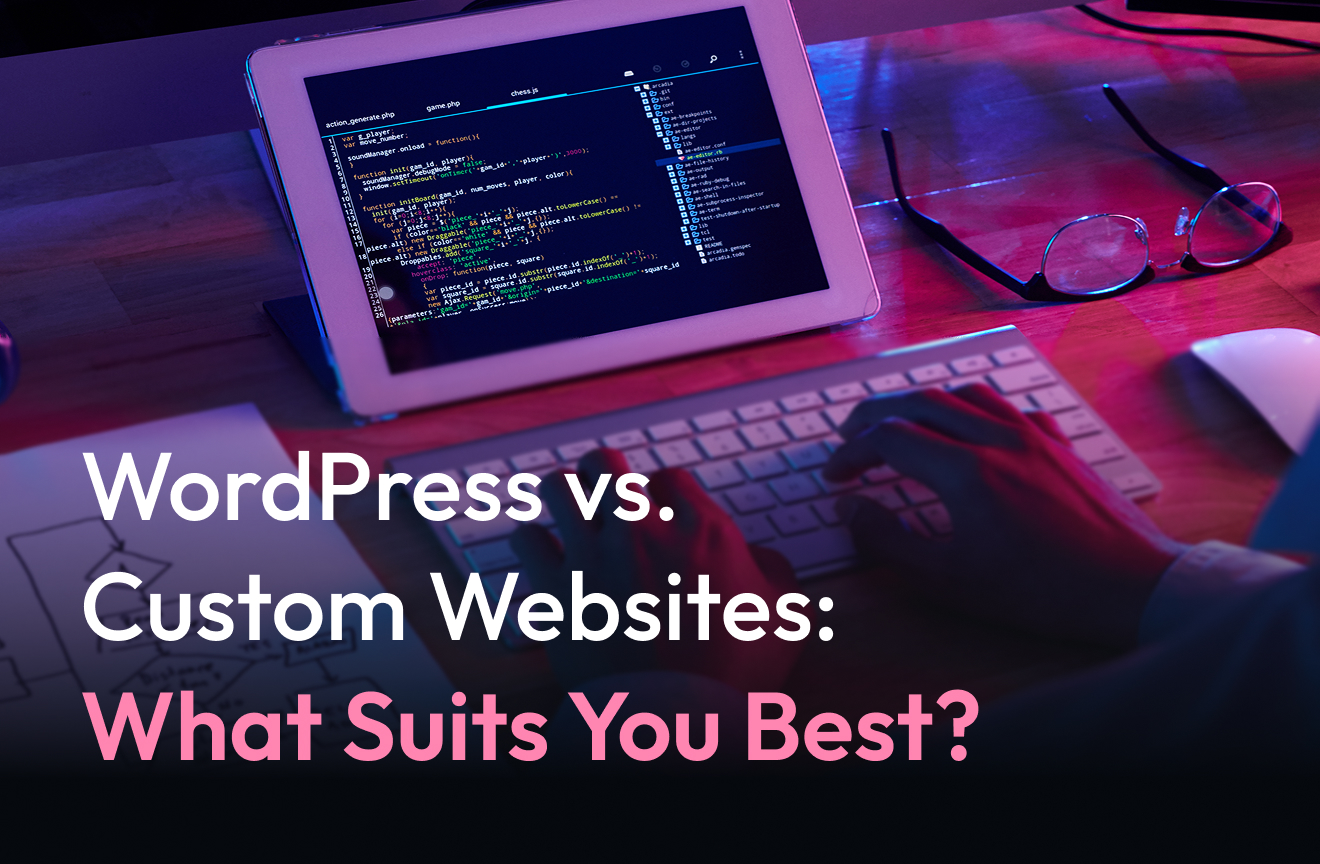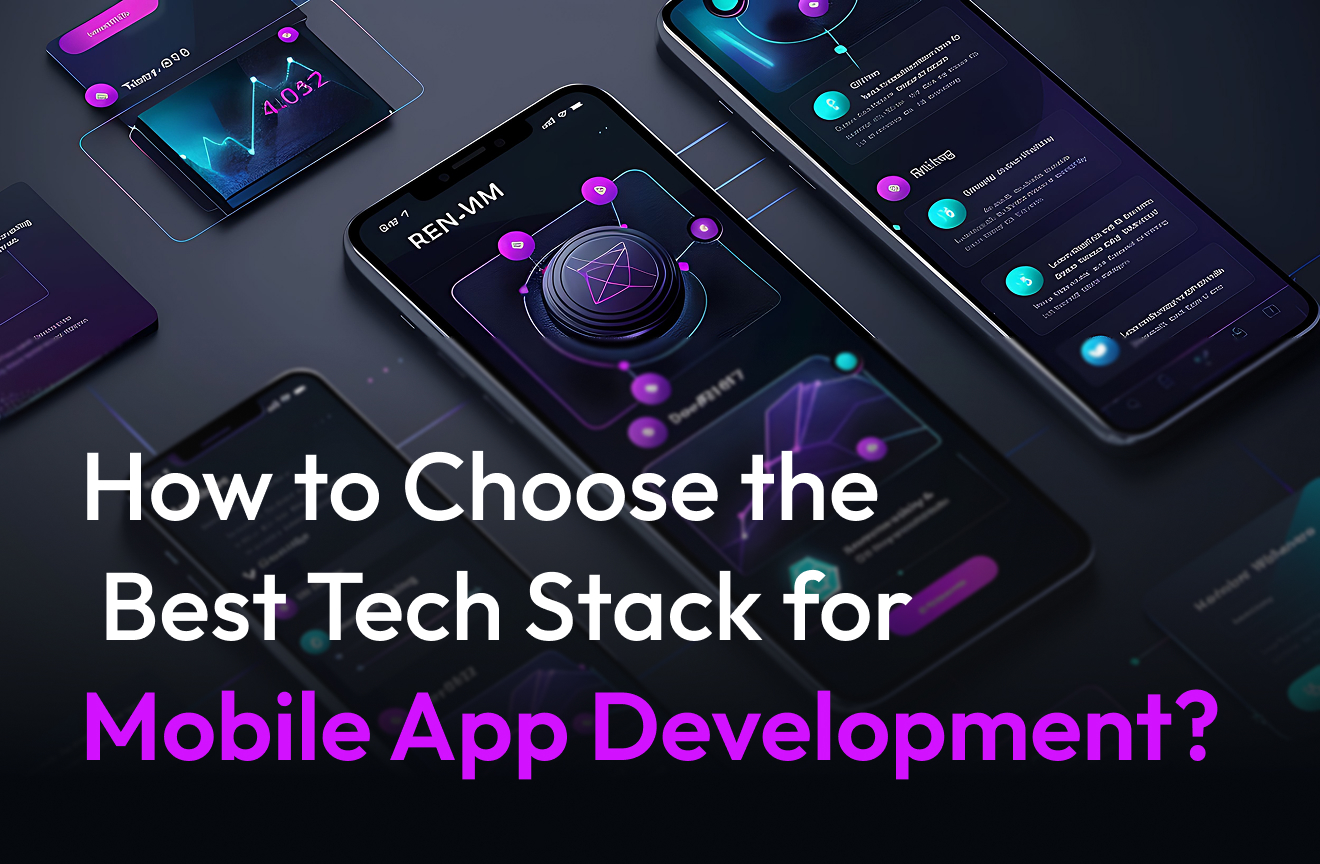In the ever-changing world of mobile technology, selecting the correct platform for your app may be a game changer. The difference between Android and iOS development is an important concern for corporations and developers. Both frameworks offer unique advantages, but understanding their key differences is crucial for making an informed decision. As a leading mobile app development company, we delve into the difference between Android and iOS development to help you navigate this critical choice. Whether you aim to target a specific user base, leverage particular functionalities, or optimize development costs, our comprehensive guide will provide valuable insights into mobile app development.
One of the key differences between iOS vs Android development is in the underlying technology and development environments. iOS apps are created with Swift or Objective-C and developed in Apple’s Xcode environment, which is noted for its smooth interface with other Apple services and high performance. On the other hand, Android apps are generally written in Java or Kotlin within the Android Studio environment, allowing for extensive customization and device compatibility. Understanding these distinctions enables businesses to select the appropriate platform to match their target audience, budget, and desired app functionality, resulting in a successful mobile app development experience.
Key Difference Between Android And iOS Development
1. Programming Languages
One of the most fundamental differences between iOS and Android development is the programming languages used.
- iOS Development
iOS apps are usually developed with Swift and Objective-C. Swift, launched by Apple in 2014, is a powerful and intuitive programming language designed to deliver a seamless development experience. It is noted for its safety, speed, and expressiveness, making it a popular option among iOS developers.
- Android Development
Android apps are often built with Java and Kotlin. Google has officially supported Kotlin since 2017, and it has grown in popularity due to its modern features, Java integration, and compact syntax. It provides a more organized and efficient coding experience, resulting in fewer issues and shorter development timeframes.
2. Development Environment
The development environment plays a crucial role in the app development process.
- iOS Development
iOS developers use Xcode, Apple’s integrated development environment (IDE), which provides a comprehensive suite of tools for developing, testing, and debugging iOS applications. Xcode is known for its robust performance, user-friendly interface, and extensive documentation, making it an excellent choice for iOS development.
- Android Development
Android Studio is the official IDE for Android app development. Based on IntelliJ IDEA, Android Studio offers a powerful set of tools, including a flexible Gradle-based build system, a fast emulator, and robust testing frameworks. It provides a seamless experience for building high-quality Android apps.
3. User Interface Design
User interface (UI) design is another area where iOS and Android development diverge significantly.
- iOS Development
iOS apps follow Apple’s Human Interface Guidelines (HIG), which emphasize simplicity, clarity, and consistency. The design principles focus on creating a seamless and intuitive user experience. iOS UI components, such as tab bars and navigation bars, are designed to be consistent across different devices, ensuring a uniform look and feel.
- Android Development
Android apps adhere to Google’s Material Design guidelines, which emphasize bold, graphic, and intentional design. Material Design provides a cohesive and responsive UI framework that allows for extensive customization. Android’s diverse device ecosystem requires developers to create adaptive layouts that work seamlessly across various screen sizes and resolutions.
4. Market Share and User Demographics
Understanding the market share and user demographics of iOS and Android can help you target the right audience for your app.
- iOS Development
iOS has a strong presence in developed markets such as the United States, Canada, and Western Europe. iOS users are often associated with higher income levels and are more likely to spend on apps and in-app purchases. This makes iOS an attractive platform for developers aiming to monetize their applications effectively.
- Android Development
Android dominates the global market share, particularly in emerging markets like Asia, Africa, and Latin America. Android’s open-source nature and affordability make it accessible to a broader audience. If your goal is to reach a vast and diverse user base, Android development may be the right choice.
5. Development Costs and Time
The cost and time required for iOS and Android development can vary based on several factors.
- iOS Development
Developing for iOS can be more expensive due to the need for specialized hardware, such as Mac computers and iOS devices, for testing. Additionally, the stringent App Store review process can extend the time required to publish an app. However, the higher spending potential of iOS users can offset these costs.
- Android Development
Android development may require additional time and resources due to the need for extensive testing across various devices and operating system versions. The diverse Android ecosystem can lead to fragmentation challenges, requiring developers to optimize their apps for different screen sizes, resolutions, and performance capabilities.
6. App Store vs. Google Play Store
The distribution and monetization strategies for iOS and Android apps differ in several ways.
- iOS Development
iOS apps are distributed through the Apple App Store, known for its stringent review process and high-quality standards. The App Store provides a secure and trusted platform for users to download apps. While the review process can be time-consuming, it ensures that only well-vetted apps reach the market.
- Android Development
Android apps are distributed through the Google Play Store, which has a more lenient review process compared to the Apple App Store. This allows for faster app publication and updates. Additionally, Android developers have the option to distribute their apps through third-party app stores, providing more flexibility in reaching users.
Conclusion
Choosing between iOS and Android development involves weighing several factors, including programming languages, development environments, UI design principles, market share, distribution channels, and development costs. Both platforms offer unique advantages and cater to different audiences. By understanding the key differences between Android vs iOS development, you can make an informed decision that aligns with your project’s goals and target audience. Whether you prioritize reaching a broad global user base with Android or targeting high-value users with iOS, the right choice will depend on your specific needs and objectives.
Frequently Asked Questions (FAQ)
What are the main programming languages used for iOS and Android development?
Swift and Objective-C are the two main programming languages used in iOS development. Older apps are maintained with Objective-C, while new projects are better off with Swift. Java and Kotlin are the two primary languages used in Android development. The 2017 release of Kotlin is preferred due to its short syntax and Java compatibility.
What are the design guidelines for iOS and Android apps?
According to Apple’s Human Interface Guidelines (HIG), iOS design guarantees a consistent user experience across iOS devices. With greater flexibility and customization available, Android apps that follow Google’s Material Design standards can create a greater range of user interfaces.
Which platform typically generates more revenue for developers?
The App Store is a valuable venue for marketing because iOS consumers are often thought to spend more on apps and in-app purchases. Though its earnings potential may be less than that of iOS, Android’s larger market share still gives it a wider reach.
How do the development tools for iOS and Android compare?
Xcode is the main tool used in iOS development. It offers an extensive set of tools for macOS coding, testing, and debugging. Android Studio, which is built on IntelliJ IDEA and provides powerful tools for code editing, performance profiling, and emulation, is used in Android development. The goal of both IDEs is to make the development process for their respective platforms more efficient.

Stay Up to Date
Get our newsletter

Table of Contents
Toggle



